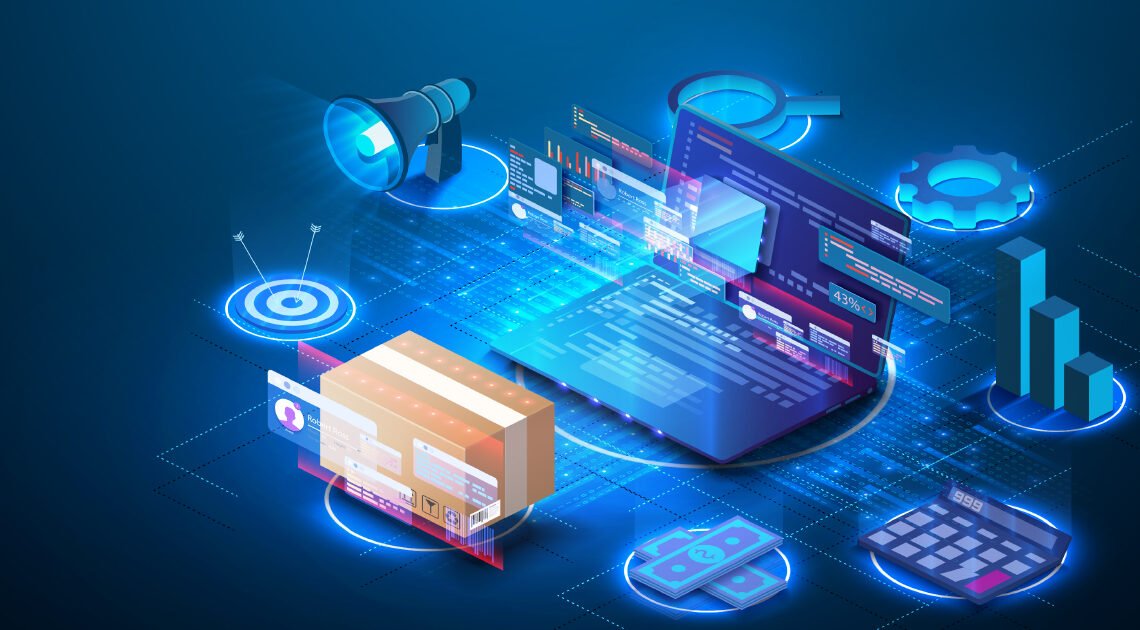Cryptocurrency mining is evolving rapidly, and digital currencies like Dogecoin and Bitcoin are capturing the interest of both experienced investors and newcomers to the blockchain realm. Mining profitability can vary significantly depending on several factors, but understanding how different cryptocurrencies and their mining methods interact can help anyone interested in getting involved in the digital economy.
The Fundamentals of Cryptocurrency Mining
Cryptocurrency mining is a crucial aspect of decentralised blockchain networks. It is the process that checks transactions and makes new coins. This technique involves solving complex arithmetic problems to keep the network secure and the distributed ledger system that supports cryptocurrencies like Bitcoin and Dogecoin secure.
The mining process utilises specialised computer hardware to perform millions of calculations per second, competing with other miners worldwide to solve cryptographic puzzles. When miners successfully mine a block, they get new cryptocurrency tokens as block rewards and transaction fees from the transactions they process. This system of incentives keeps the network safe while also providing financial benefits to those who share their computing power.
Dogecoin Mining Mechanics and Merged Mining
Like Bitcoin, Dogecoin employs a proof-of-work consensus process; however, several key differences impact how mining operates. Dogecoin began as a lighthearted alternative to Bitcoin, but has evolved into a legitimate cryptocurrency with a substantial user base. The network utilises the Scrypt hashing algorithm, which differs from Bitcoin’s SHA-256 algorithm. This means that miners need other equipment and methods.
One crucial aspect of Dogecoin mining is that it can be done using Litecoin, which allows miners to mine two cryptocurrencies simultaneously without requiring additional processing power. This mutually beneficial partnership has strengthened both networks and provided miners with further opportunities to generate income from a single mining operation. The integrated mining process demonstrates how various blockchain networks can collaborate to enhance safety and profitability.
Bitcoin Mining Infrastructure and Economics
Bitcoin mining has become a highly specialised field that requires a substantial investment in modern ASIC mining technology, cooling systems, and reliable electricity sources. The difficulty adjustment mechanism in the Bitcoin network ensures that blocks are mined approximately every ten minutes, regardless of the computing power used to secure the network. This technology, which runs itself, has helped keep Bitcoin stable and safe for more than ten years.

The costs of Bitcoin mining depend significantly on the price of power, the efficiency of the technology, and the market value of Bitcoin—professional mining companies often establish operations in areas with abundant renewable energy sources or a favourable regulatory environment. Kazakhstan, the United States, and Russia are all important Bitcoin mining hubs. Each one has its benefits for large-scale mining operations.
Mining Profitability Factors and Realistic Expectations
Several factors influence the profitability of cryptocurrency mining, and miners must consider all of them before purchasing mining equipment. Different networks change their hash rate difficulty levels regularly. This has a direct impact on the competitiveness of the mining process and the earnings of miners. Market fluctuations alter the dollar value of mined cryptocurrencies, meaning that there are times when they are highly profitable and others when the market is challenging to work in.
The cost of electricity is the most significant operating expense for most mining companies, and it often determines whether a mining enterprise is profitable. Most of the time, successful miners have long-term electricity contracts at competitive rates. They may even negotiate directly with power producers or renewable energy providers to secure these contracts. The costs of maintaining and depreciating hardware can significantly impact long-term profitability projections.
Technology Integration and Mining Pool Participation
Most people who mine cryptocurrencies nowadays do so as part of a group. They join mining pools to pool their computing power and split the earnings fairly. Mining pools reduce the variation in mining payments, providing individual miners with more stable income streams. Antpool, F2Pool, and SlushPool are among the most popular mining pools. They combine the hash power of thousands of miners from all around the world.

Miners can now optimise their operations by automatically selecting the most profitable cryptocurrencies to mine at any given time, thanks to the combination of mining management software and automated switching algorithms. These advanced systems monitor network issues, exchange rates, and electricity prices, enabling you to maximise profits from multiple cryptocurrency networks simultaneously.
Regulatory Landscape and Environmental Considerations
Regulatory bodies worldwide are paying closer attention to the cryptocurrency mining industry, particularly regarding its environmental impact and energy consumption. Several places have implemented or suggested rules that impact mining operations. These rules range from tax policies to outright restrictions on mining activities that consume a significant amount of energy. China’s prohibition on mining in 2021 altered the global hash power balance, highlighting the importance of mining companies adhering to regulations.
Environmental sustainability is now a crucial consideration for the mining industry. Many companies are transitioning to renewable energy sources to reduce their carbon footprint. Solar, wind, and hydroelectric power are becoming more common in mining sites. This helps the environment and may also lower expenses. The environmental impact of bitcoin mining continues to improve as mining technology becomes more energy-efficient.
Future Developments and Market Trends
As gear becomes more efficient, cooling systems improve, and renewable energy is utilised more, the world of bitcoin mining continues to evolve. New technologies, such as immersion cooling and waste heat recovery systems, are making mining operations more environmentally friendly and reducing their operating costs. The continued development of layer-two solutions and other methods to reach consensus may also impact the economics of mining in the future.
Market trends indicate that an increasing number of institutions are interested in cryptocurrency mining. For example, publicly traded corporations are putting billions of dollars into mining infrastructure. This institutional acceptance makes the mining sector look more legitimate and makes it harder to win mining incentives. The professionalisation of mining has made it more challenging for small-scale miners to enter the industry, but it has also created new business opportunities for specialised service providers.
Risk Management and Investment Considerations
Before investing in mining operations, potential miners must thoroughly weigh the risks involved in cryptocurrency mining. Market volatility can quickly turn profitable mining businesses into money-losing ones, especially during prolonged bear markets or periods when fewer people are using cryptocurrencies. Investing in hardware requires a significant upfront investment, and it can be challenging to determine when you’ll recoup your investment.
Successful mining companies employ a range of risk management measures, including holding a diverse portfolio of cryptocurrencies, negotiating flexible electricity contracts, and implementing backup plans in the event of hardware issues or market downturns. Professional miners often use futures contracts or other financial instruments to protect themselves from bad price changes while still mining.


